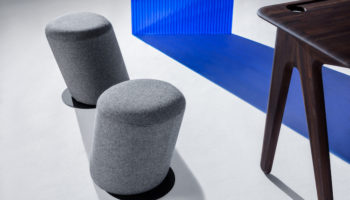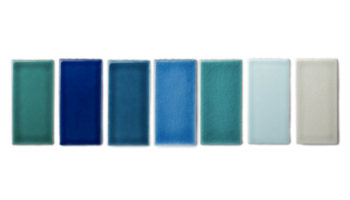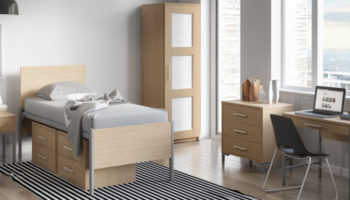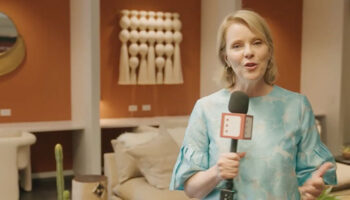Schubladenstapel
Why do so many of today’s most compelling designs come from Switzerland?
Schubladenstapel. Designed by Susi and Ueli Berger. From the Röthlisberger Kollektion.
The creators of Switzerland’s Artcanal International Design Event – in which International artists and designers create floating art installations on the Zihl canal in Biel – propose an answer: “Switzerland is a fragile creation, where different mentalities meet in a confined space.
The peculiarities of the Zihl channel illustrate in an exemplary fashion the not entirely conflict-free nature of the Swiss Confederation. As an artificially created border between the languages German and French, the channel embodies the strategically ideal place for a rediscovery of Swiss identity.” Switzerland is a land of in-betweens, this seems to say, a place to negotiate regional influences as well as art/design philosophies. More often than not, these varied influences result in innovative work.
Take Schubladenstapel, by artists Susi and Ueli Berger from the Röthlisberger Kollektion (definitely not to be confused with quarterback Ben of Steelers fame). The word translates as “stack” or “pile” of drawers, but Schubladenstapel displays a whimsical symmetry and playful functionality that belies the chaotic undertones of the name. And this is clearly part of the point. The piece is a chest of drawers “stacked” at odd angles, which means they each open on a slightly different vector, thus creating the illusion of a kind of Bohemian casualness. Yet the individual components of the piece are unified around the design elements of the materials; The diagonally oriented grains of veneered wood laminate visually link each drawer to the next; thus, the “stack” coheres into an artful whole.
In Schubladenstapel, one sees the kind of meeting of International minds that is uniquely Swiss: the playful inventiveness of Italy, the existential experimentation of France, the rigorous detail of Germany. In much of their work, the Berger’s insist on reversing the old saw that form must follow function—they fulfill their aesthetic vision first, then figure out how to make the thing work. And manufacturer Röthlisberger concurs: “design ideas are not allowed to be subordinated to technical limitations or lack of know-how.” This chest of drawers—suggestive of the intellectualism of Sartre, the playfulness of Fellini, the Cubist angularity of Feininger—illustrates this commitment.
Schubladenstapel is available in two models: Veneer of Santos rosewood or red gum (eucalyptus). Both feature black interiors and black spherical handles.




Leave a Reply